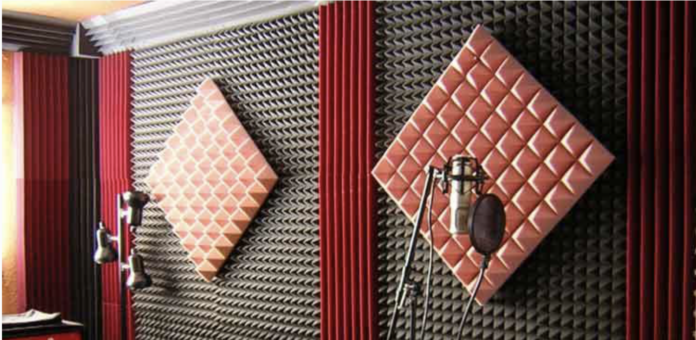These days a lot of people have the need to install sound absorption products whether in their house or office or somewhere else. Sound absorption can sometimes be confused with soundproofing. It is important to know that, when a sound encounters an object, only two things can happen: it can be either absorbed (sound absorbing) or reflected back (soundproofing). If you want to prevent an unwanted noise from entering or leaving a space, you need soundproofing. You need sound absorption when you want to improve the acoustics of the room. By doing this you are, basically, reducing the echo because it is being absorbed, and all you get is an audible and clear sound within the room.To put it in this way, sound absorption presents the loss of sound energy because sound waves are absorbed by sound absorbing products placed on places such as walls, ceilings, floors. When it comes to sound absorbing materials, also called sound absorbers or sound diffusors, they are, usually, soft, light, fluffy, or porous, which enables them to better absorb an echo. Popular sound absorbing materials include: acoustic foam panels, acoustic fabric panels, PEPP sound panels, acoustic partitions, acoustic cotton batts, polyester panels, and hanging baffles.
Overall, this article provides me with a comprehensive guide to reference when determining material usage for sound management. Additionally, it’s very helpful to gain an understanding of the problem identification and whether the issue is of sound absorbing or sound proofing. Distinguishing between these two things is essential in creating the best possible communal workspace that is free of distraction but encouraging of social engagement.




